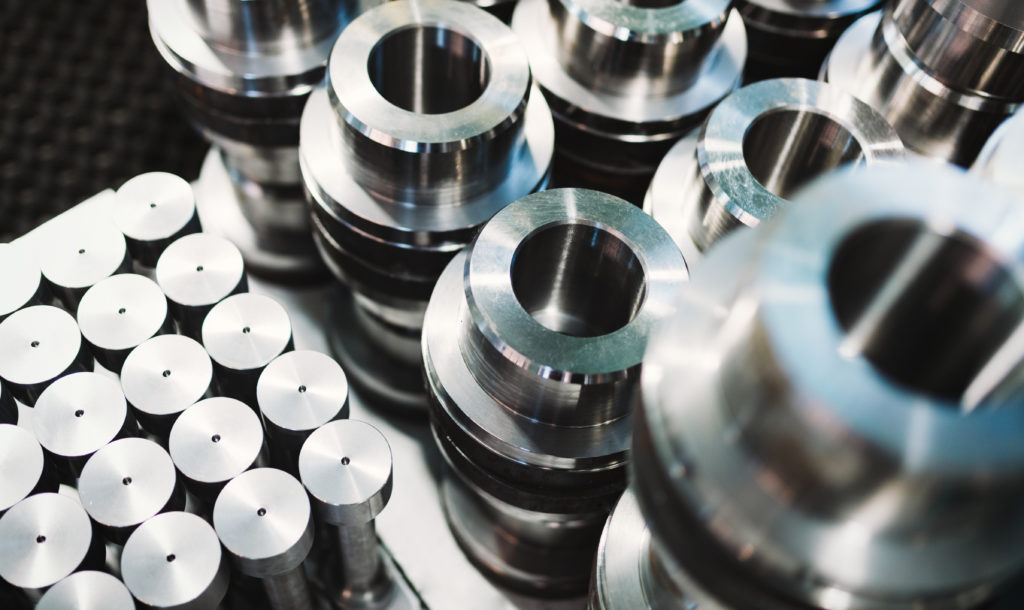Introduction
Metro-North Railroad (MNR) is part of the New York Metropolitan Transit Authority, and services commuters and other travelers in the New York metropolitan area. It’s the second largest commuter railroad in the U.S. serving 300,000 passengers each weekday, while operating 1,266 engines and rail cars over 775 miles of track.
The Material Management division is charged with stocking spare parts inventory. It maintains 37,500 parts valued at $107 million. More than 80% of its inventory has extremely volatile and hard-to-forecast intermittent demand.
Challenge: Safety Stock for Long-Lived Assets
MNR’s prime objective is to move people in a timely manner. For service outages, it must have the right items in stock to fix the problem.
Service level is MNR’s most important key performance indicator. At the beginning, it found itself with too much expensive inventory sitting idle and an unacceptably low 95.8% service level.
To remedy this situation, Material Management needed to be able to analyze all of MNR’s inventory, including items with intermittent demand, and then optimize them while simultaneously increasing service levels. MNR did not have appropriate planning tools to do the job.
MNR also faced several other challenges: ridership was increasing, and the agency was expanding its fleets, retiring old trains, and introducing new ones. With a five-year planning horizon, MNR needed to maintain adequate safety stock for an asset service life of 20 years or more, and replacement lead times, for some parts, of more than a year.
Solution: SmartForecasts
After a thorough evaluation process, MNR selected Smart Software’s SmartForecasts®. Smart’s solution uses patented bootstrapping technology that accurately forecasts intermittent demand. It also provides inventory managers with accurate estimates of the optimal inventory and safety stock required to meet future orders and achieve desired service levels.
MNR realized a payback after only 9 months. SmartForecasts was used to identify overstocked items, many of which had pending orders. By putting holds on some orders, and canceling others, MNR realized immediate improvements in cash flows. Management was also able to identify items at risk of stocking out and re-deployed resources that buoyed immediate service level improvements.
Results:Accurate Intermittent Demand Forecasts
MNR’s multi-year project continues to provide improving results. Recently, some of the company’s notable successes and approaches for utilizing SmartForecasts, were cited in Material Management’s yearly report to its Board of Directors on previous year operations:
- Parts Inventory to support its equipment has declined 8% from $128 million.
- In the second year, following a continuing trend, customer service levels reached a record high 98.7%. This was accomplished with a new fleet growth of over 2%
- SmartForecasts was instrumental in reducing inventory growth for new equipment from a projected 10% to only 6%.
- MNR uses SmartForecasts to identify multi-year service part needs for long-term contracts. By contracting with suppliers on a multi-year agreements, administrative lead times were greatly reduced. This enabled further reductions in stock without compromising service.
- Smart Forecast was critical in the formulation of a stock reduction plan for MNR’s retiring fleet, and helped identify inventory retirement reserves, enabling MNR to maximize disposal benefits and warehouse bin space reclamation.
- MNR identified $1.6 million in inactive inventory for final disposal, and provided availability of excess parts to Long Island Railroad, thus potentially minimizing additional MTA inventory investments.

According to Rich Price, Chief Material Officer at MNR, “SmartForecasts does the job. It’s the only solution out there I’m aware of that has really licked the intermittent demand modeling challenge. It gives us accurate information and more importantly at the lowest dollar. That’s the bottom line we’re really interested in. Without SmartForecasts, I think we would have seen a continued growth in our inventory and not necessarily gotten any greater benefit for service.”






